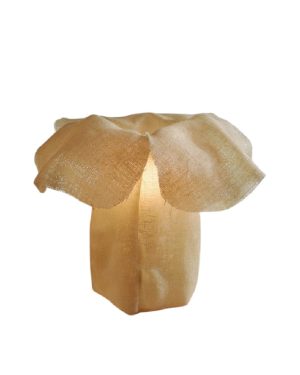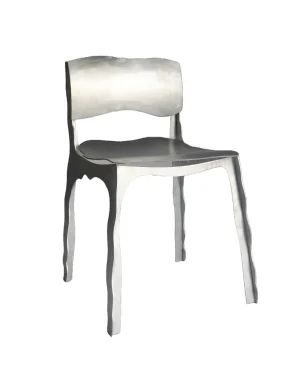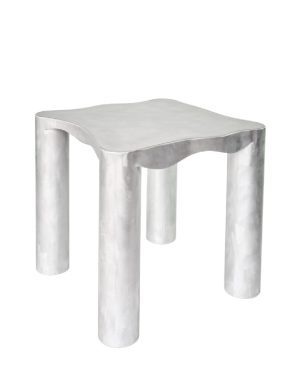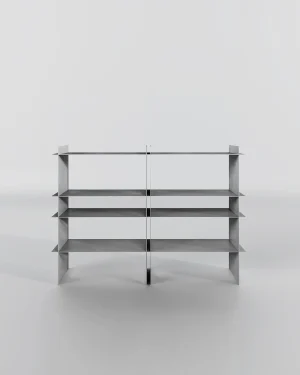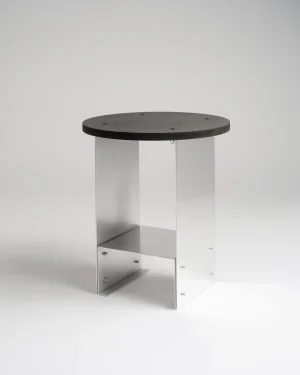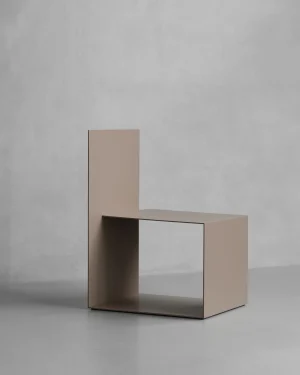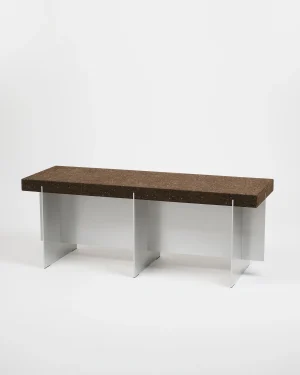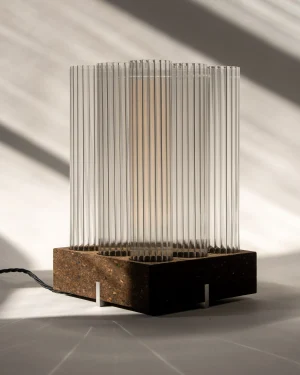German design is synonymous with innovation, precision, and a harmonious blend of tradition and modernity. It is characterized by meticulous attention to detail and functionalism.
- Innovation and Precision: Showcasing cutting-edge technology and meticulous craftsmanship in every design.
- Cultural Heritage: Drawing inspiration from Germany's history of art, literature, and philosophy.
- Functionalism and Efficiency: Emphasizing functionality and practicality in design solutions.
Contemporary German Designers
Germany is home to designers who have made significant contributions, blending tradition with modern innovation.
- BOI: Redefines knitted textiles through sustainable practices, collaborating with designers to create innovative home textiles and challenging traditional perceptions through trial and error-driven development.
- Balzer Balzer Studio: Redefines production processes by exposing them as decorative elements, crafting site-specific installations and functional sculptures that challenge traditional design norms.
- Lyk Carpet: Explores the history of traditional wool techniques, actively engaging with craftswomen and clients to create innovative solutions that transcend traditional design boundaries.
Commonly Used Materials in German Design
The choice of materials in German design reflects the country's commitment to quality and innovation.
- Steel: Widely used in architecture and furniture for its strength and versatility.
- Glass: Celebrated for its transparency and aesthetic appeal in interior design.
- Wood: Valued for its warmth, durability, and natural beauty in furniture making.
Defining Characteristics of German Design
German design is renowned for its functionalism, innovation, and timeless aesthetic.
- Functionalism: Prioritizing functionality and practicality in every design solution.
- Innovation: Pushing the boundaries of design with cutting-edge technology and materials.
- Timeless Aesthetic: Creating designs that stand the test of time with their enduring appeal and quality.
Influences on German Design
The evolution of German design is influenced by its rich cultural heritage, engineering prowess, and commitment to sustainability.
- Cultural Heritage: Drawing inspiration from Germany's artistic, literary, and philosophical history.
- Engineering Prowess: Leveraging engineering expertise to create innovative and efficient design solutions.
- Sustainability: Embracing sustainable practices and materials to minimize environmental impact.
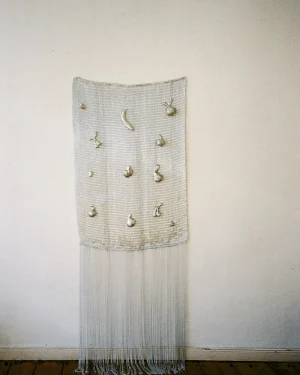 Free shipping
Free shipping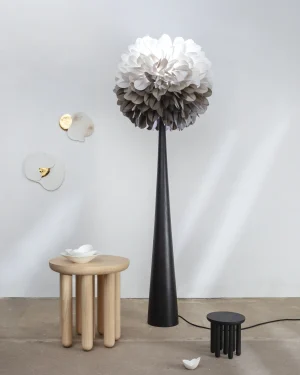
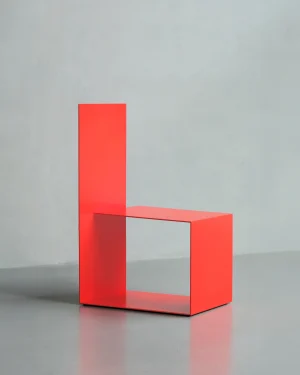 Free shipping
Free shipping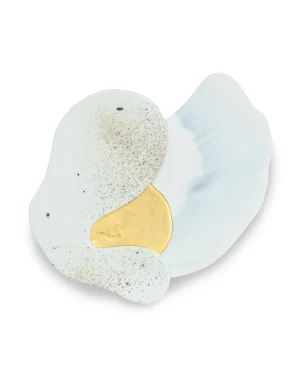 In stock
In stock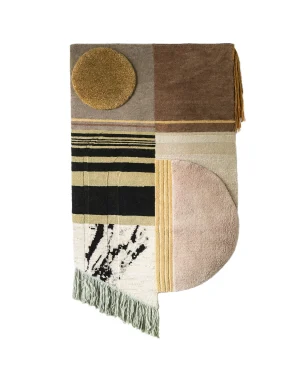 Free shipping
Free shipping Free shipping
Free shipping Free shipping
Free shipping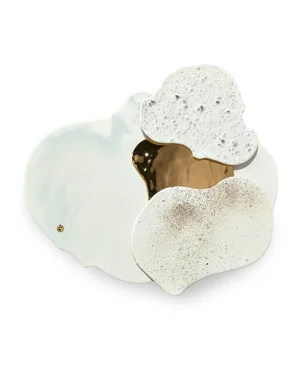 In stock
In stock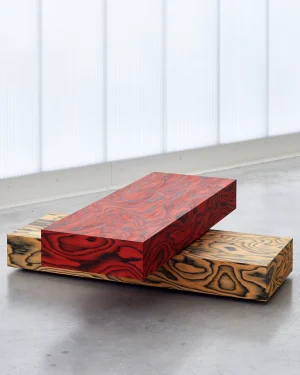 Free shipping
Free shipping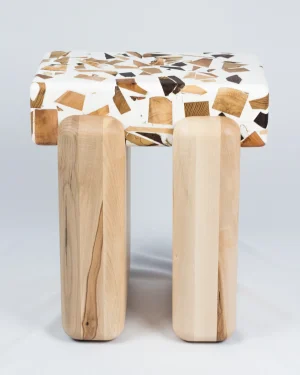 In stock
In stock Free shipping
Free shipping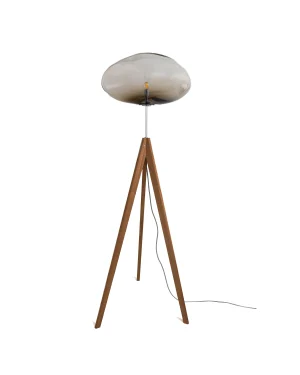
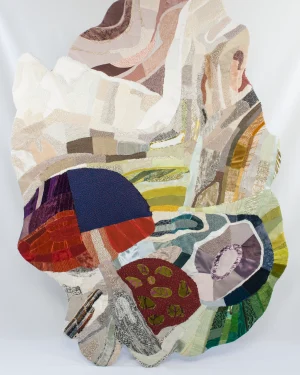 In stock
In stock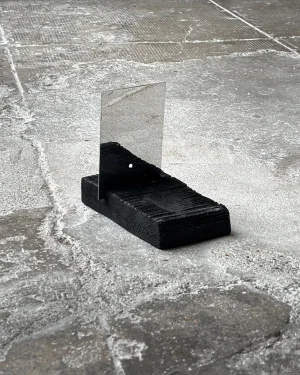 In stock
In stock
 Free shipping
Free shipping


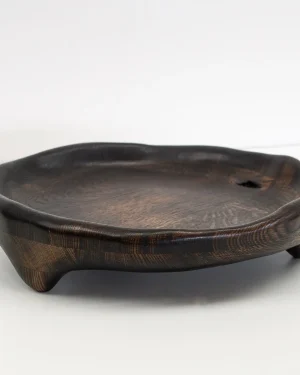 Free shipping
Free shipping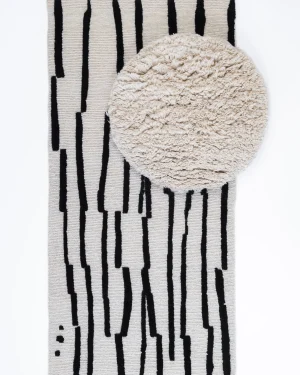 Free shipping
Free shipping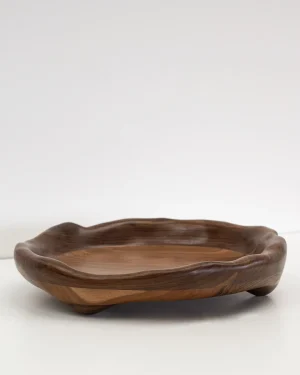 Free shipping
Free shipping Free shipping
Free shipping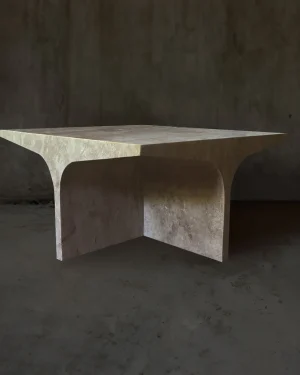
 Free shipping
Free shipping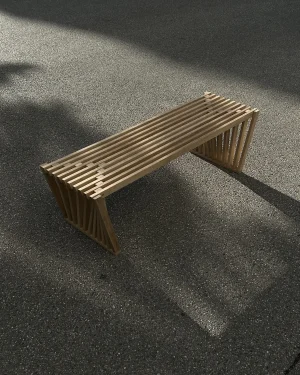 In stock
In stock
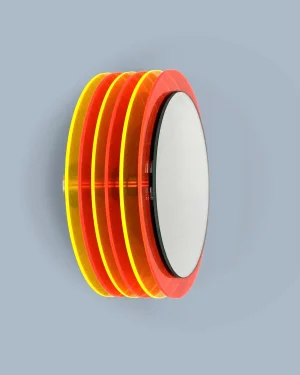 Free shipping
Free shipping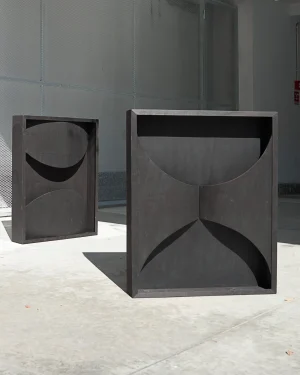
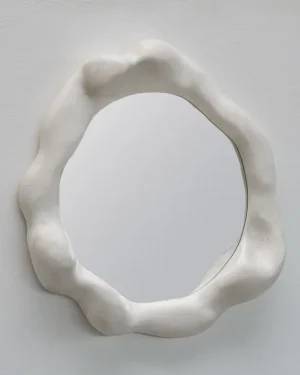 Free shipping
Free shipping
 Free shipping
Free shipping In stock
In stock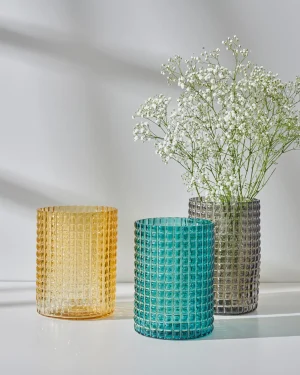

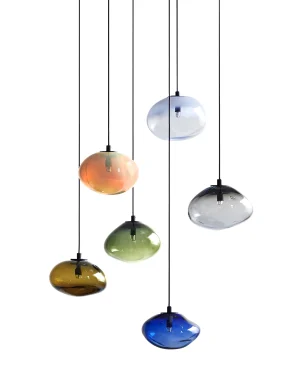
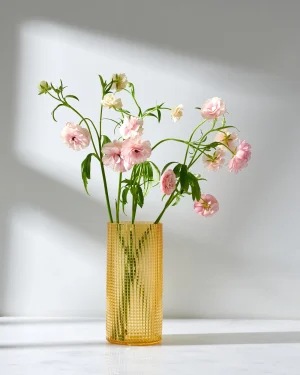
 Free shipping
Free shipping In stock
In stock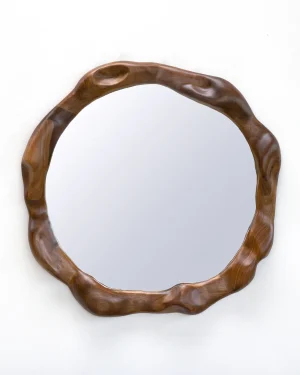 Free shipping
Free shipping

